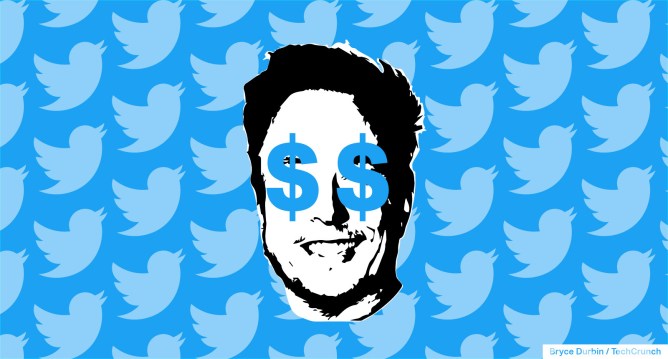In a significant development, Twitter has announced that it will now share ad revenue with creators whose tweets have earned over 5 million impressions in the last three months. This move is seen as a major breakthrough for creators who have long been clamoring for fair compensation from social media platforms.
Eligibility and Payouts
To be eligible for Twitter’s new ad revenue sharing program, users must subscribe to Twitter Blue and have earned over 5 million tweet impressions in the last three months. The payouts will be delivered via Stripe and will be cumulative from the month of February onward. According to Elon Musk, Twitter’s owner, the first round of creator payouts will total $5 million.
How Payouts Work
The payouts are determined by tweet impressions, with creators earning a share of the ad revenue generated from ads served in the replies to their posts. While the exact rates at which creators will be paid are not publicly disclosed, some large creators have shared their earnings on Twitter. Writer Brian Krassenstein, who has about 750,000 followers, claims that Twitter paid him $24,305. SK, a creator with about 230,000 followers, claims to have earned $2,236 from Twitter.
CPM Rates and Creator Earnings
Babylon Bee writer Ashley St. Clair (710,000 followers) said that she earned $7,153, and according to her ‘napkin math,’ she had around 840 million impressions from February through July. This would make her rate about $0.0085 CPM (cost per mille), or $8.52 per million impressions. It’s not clear whether individual CPMs change from user to user.
Monetizing Ad Revenue
Twitter is monetizing the ads served in tweet replies, as it would be difficult to determine which creators to pay for ads served in the feed. This approach is similar to that of short-form video platforms like TikTok, which are running into revenue sharing issues.
Incentivizing Engagement
The ad revenue sharing program may incentivize creators to encourage users to reply to their tweets, leading to increased engagement and conversation on the platform. However, this could also lead to extreme emotions driving engagement, as seen on platforms like Facebook.
Limitations and Restrictions
There are limits to what types of creators can earn money through Twitter’s program. According to Twitter’s content monetization standards, sexual content cannot be monetized. This is a blow to Twitter’s community of sex workers, as Twitter is one of the only mainstream social platforms where adult content is permitted.
Additionally, creators will not be able to monetize content about ‘pyramid schemes or get-rich-quick schemes,’ violence, criminal behaviors, gambling, or drugs and alcohol. If a creator tries to monetize copyrighted content that they do not own, this will also raise red flags.
Elon Musk’s Response
In response to the announcement, Elon Musk tweeted that "poetic justice" would be served when creators earn more money from their haters’ engagement in the replies to their tweets. This comment suggests that Musk is aware of the potential for extreme emotions to drive engagement and may even see it as a positive development.
Twitter’s Financial Woes
While Twitter pays out $5 million to creators, the company has been facing financial difficulties. In recent years, Twitter has struggled with declining ad revenue and increasing competition from other social media platforms. This new ad revenue sharing program may be an attempt to boost engagement and attract more advertisers to the platform.
Conclusion
Twitter’s new ad revenue sharing program is a significant development for creators who have long been clamoring for fair compensation from social media platforms. While there are limitations and restrictions in place, this move is seen as a major breakthrough for creators and could lead to increased engagement and conversation on the platform.
However, it remains to be seen whether this program will be successful in boosting ad revenue and attracting more advertisers to the platform. As Twitter continues to navigate its financial woes, it’s clear that the company is willing to experiment with new approaches to stay ahead of the competition.



